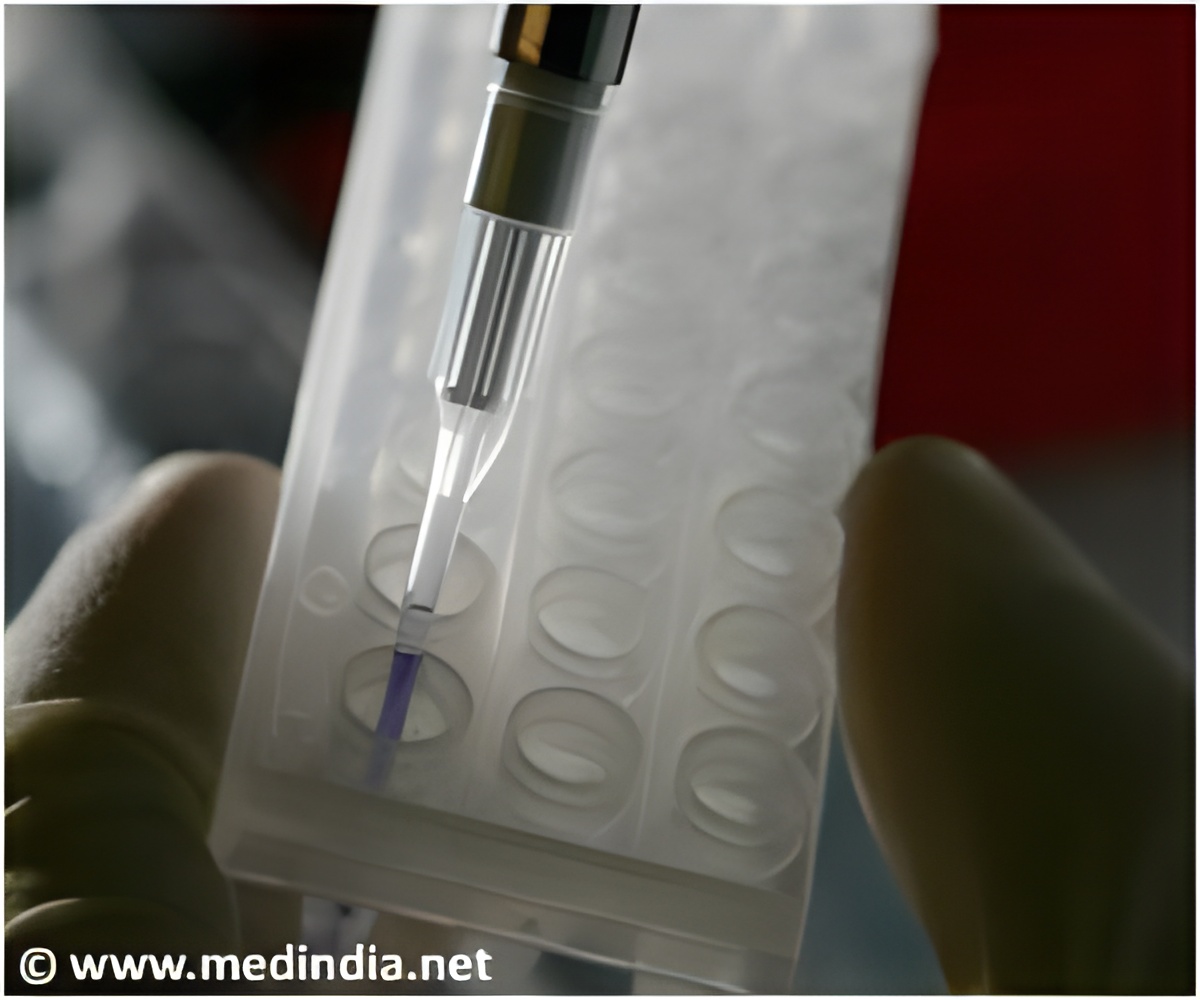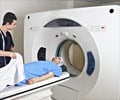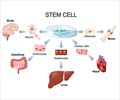
‘Injected cells disperse in the host brain and stimulate new ideas on how we can prepare the cells to function at their best.’
Tweet it Now
Dr. Marcel Daadi, Associate Scientist and Director of the Regenerative Medicine and Aging Unit at Texas Biomedical Research Institute's Southwest National Primate Research Center (SNPRC), along with his colleagues at the Research Imaging Institute at the University of Texas Health Science Center at San Antonio (UTHSCSA) and MRI-Interventions Inc. in Irvine, CA published a paper in the journal STEM CELLS Translational Medicine titled, "MRI Guided Delivery of Neural Stem Cells into the Basal Ganglia of Nonhuman Primates Reveals a Pulsatile Mode of Cell Dispersion." Daadi and his colleagues are developing this technology in an effort to treat patients suffering from neurological disorders, like Parkinson's disease, stroke and traumatic brain injury. His research has already developed stem cells capable of becoming dopaminergic cells, which are the cells Parkinson's patients lose over time.
In the paper, Daadi explains, "Stem cell-based therapy is emerging as a promising treatment for a variety of diseases and injuries. The first step in evaluating the potential of different therapeutic stem cell lines is to develop a safe and effectively reproducible delivery system."
He writes that injection parameters have been well studied in drug delivery methods; however, they simply cannot be directly applied to stem cell-based therapy and the technology for stem cell delivery is undeveloped and limited.
Current limitations include inconsistent cell survival, injection site inaccuracy and the inability to avoid puncturing structures like blood vessels, which causes hemorrhages during brain penetration.
Advertisement
The team tested the technique on baboons at the SNPRC and not only showed effective targeted delivery but also revealed a pulsatile dispersion of injected cells, meaning cells were not released at a steady rate but instead dispersed in small bursts. This is a significant finding as it demonstrated how injected cells disperse in the host brain and stimulates new ideas on how we can prepare the cells to function at their best.
Advertisement
Source-Eurekalert












